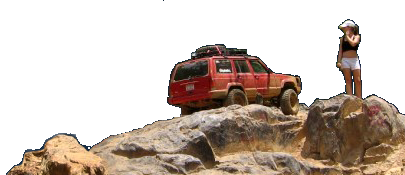The bad, relatively speaking:
There will be a change in camber, because upper and lower A arms are never the same length by design. That's the benefit of IFS over a solid axle; camber that can be changed with suspension travel for better handling.
The amount of camber change will depend on the amount of lift. It may or may not be enough to matter depending on the camber curve for that truck and how sensitive those specific tires are to camber wear, but it is going to change. It will likely go more positive on that truck if I remember correctly, which is the normal direction. You can test this by jacking up the front of the truck and seeing what direction the camber changes when the wheel droops out. You'll be moving in that same direction when you lift it.
Just plan on getting it aligned.
Caster will change slightly as well, because there is generally a caster curve with suspension travel as well. Probably not enough change to worry about with 2inches of lift, and you'll likely never notice except for a minor difference in steering self-centering or something like that..
Wear of ball joints, tie rod end, CV joints, etc., can be affected as well, if they start to get into a bad area of their range of motion. Again, depends on amount of lift. Too much and the boots will get torn, run out of joint travel, etc.
Generally the ride will get stiffer, because you're changing the lower A-arm angle to be less horizontal and the direction of force will change. I'm ignoring the other effects (bump stops, shock length, etc) because they aren't going to be an issue with the relatively minor amount of lift. Anyway, the ride will be stiffer.
The good:
The truck will be higher in the front.

